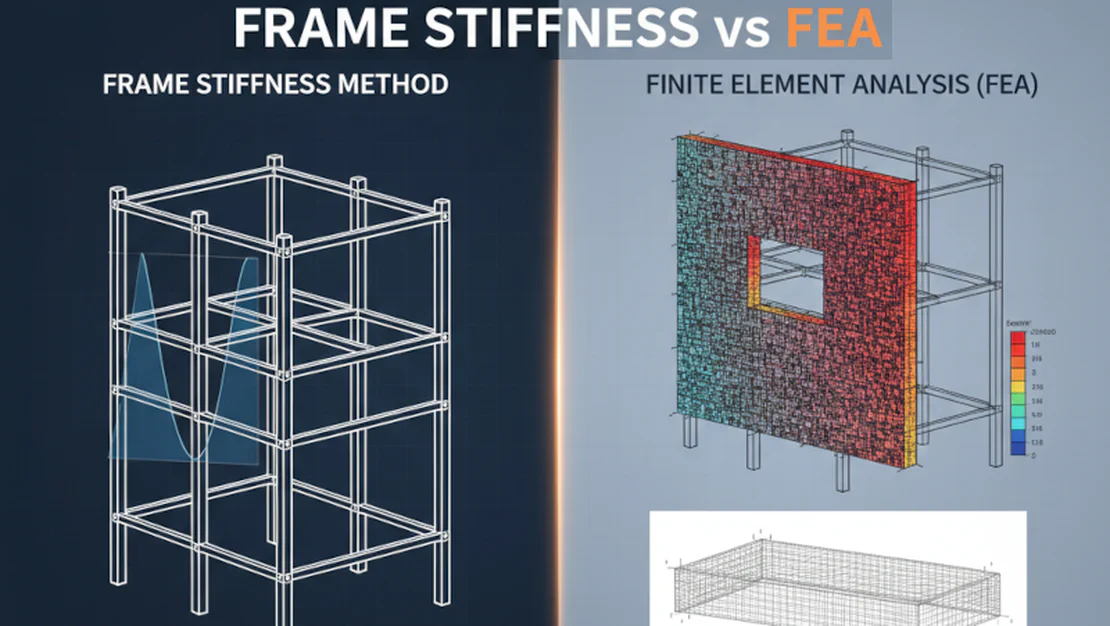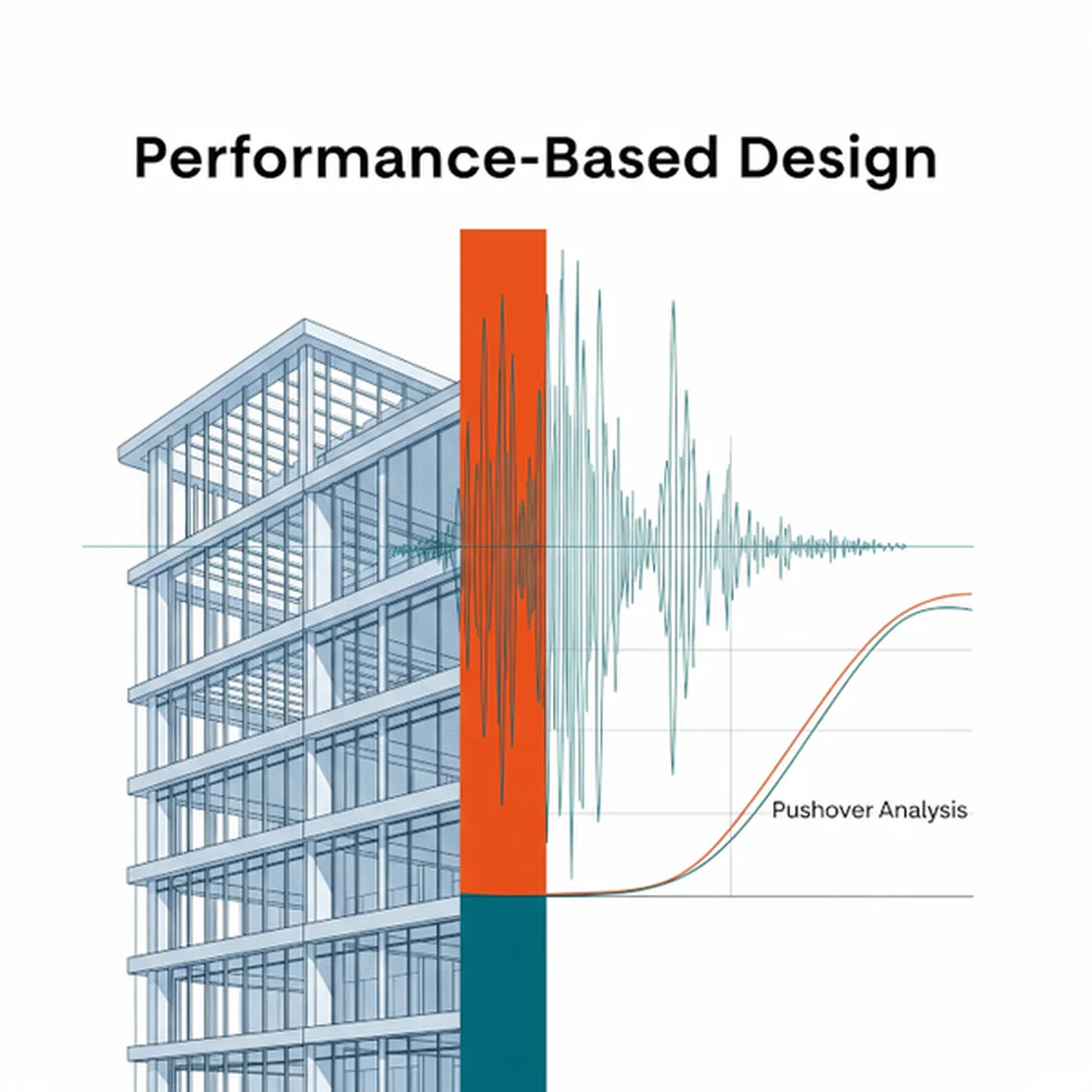
You’ve built a complex model, the render looks fantastic, and the software spits out pages of data. But deep down, there’s a nagging question: can I really trust these numbers?
read more
You’ve built a complex model, the render looks fantastic, and the software spits out pages of data. But deep down, there’s a nagging question: can I really trust these numbers?
read more
You’ve built the model in your go-to software, the geometry is correct, the loads are on, and the analysis runs without errors. But deep down, there’s a nagging question: does this model truly represent how the building will behave? Gaining real confidence in our structural models means moving beyond the default settings and challenging the convenient assumptions we often start with. It’s about embracing the philosophy of engineered precision found in Part 4 over the prescriptive paths of Part 9.
read more
In our first three posts, we’ve journeyed through the “what and why” of Performance-Based Design (PBD), mapped out the typical PBD process and player lineup, and even gotten our hands dirty with the nitty-gritty of modeling, analysis, and verification. If you’ve been following along, you know PBD isn’t just a fancy buzzword; it’s a powerful approach to designing structures that meet specific, tangible performance goals.
read more
In our first two posts on Performance-Based Design (PBD), we covered the “what and why” – shifting from prescriptive codes to targeting specific building performance – and then we looked at the “who and how” of setting those crucial performance objectives. If you missed them, I’d suggest giving them a read first as we’re about to jump into the deep end of the pool.
read more